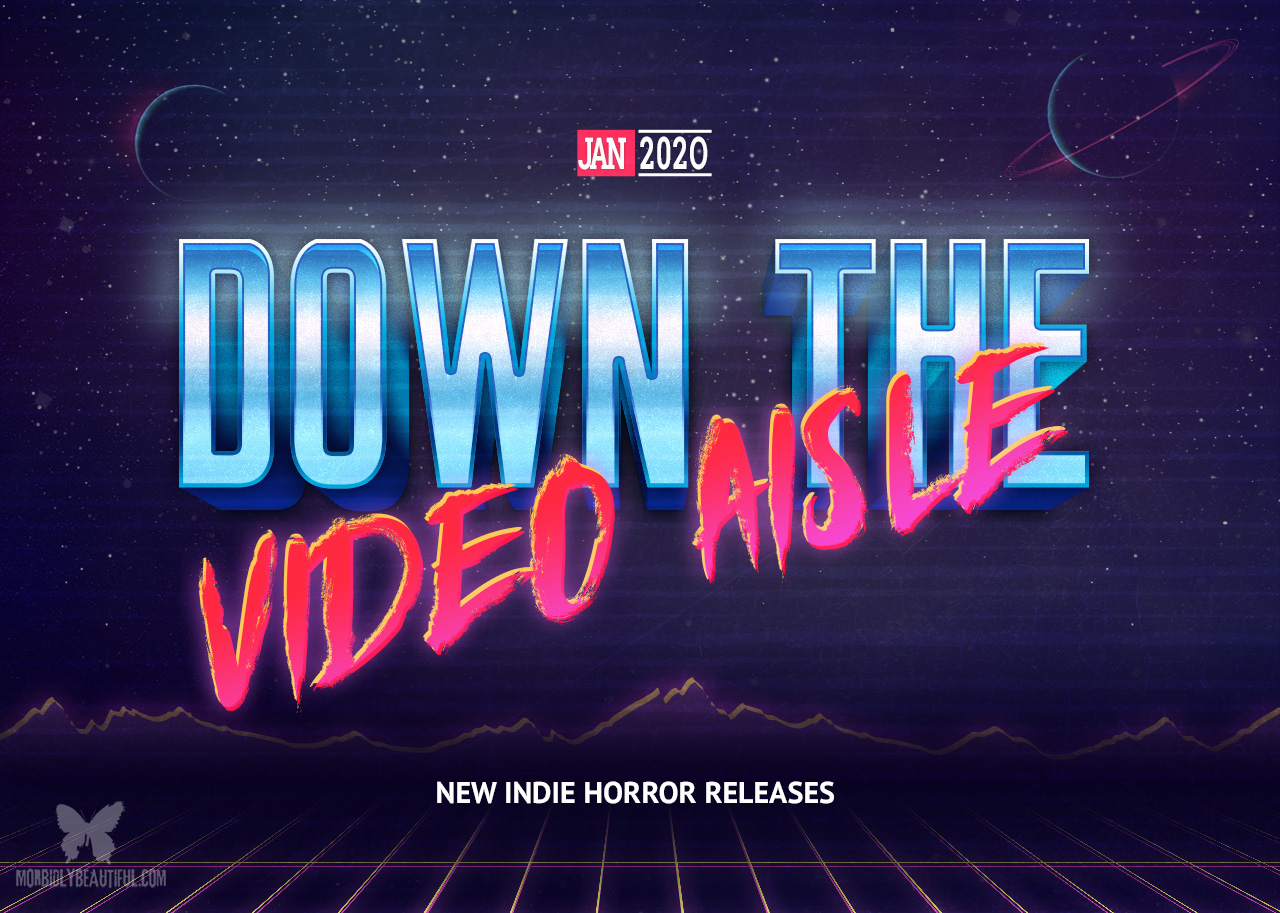In today's digital landscape, video has emerged as one of the most powerful tools for communication, engagement, and storytelling. Whether you're a business owner, content creator, or individual looking to share your message, video offers an unparalleled opportunity to connect with your audience on a deeper level. With advancements in technology and the increasing accessibility of video creation tools, now is the perfect time to harness this medium's potential.
From social media platforms like YouTube and TikTok to professional networks like LinkedIn, video content continues to dominate the digital space. Studies show that video consumption is growing exponentially, with more people preferring video over text-based content. This trend is not slowing down anytime soon, making it essential for anyone looking to establish a strong online presence.
In this comprehensive guide, we'll explore everything you need to know about creating, optimizing, and distributing video content effectively. Whether you're a beginner or looking to refine your skills, this article will provide actionable insights and expert advice to help you succeed in the world of video production.
Read also:How Expensive Is It To Live In Hawaii A Comprehensive Guide
Table of Contents
- Understanding the Power of Video
- Types of Video Content
- The Video Production Process
- Equipment You Need for Video Creation
- Mastering Video Editing Techniques
- Optimizing Video for SEO
- Effective Video Distribution Strategies
- Understanding Video Analytics
- Emerging Trends in Video Content
- Monetizing Your Video Content
Understanding the Power of Video
Video content has become a cornerstone of modern communication, offering a dynamic way to engage audiences. Unlike static images or text, video combines visual and auditory elements to create a more immersive experience. This makes it an ideal medium for conveying complex ideas, showcasing products, or telling compelling stories.
Research indicates that videos are more likely to be shared on social media compared to other forms of content. Additionally, they tend to have higher engagement rates, with viewers often spending more time interacting with video content. This makes video an invaluable asset for brands and individuals looking to build trust and authority in their respective niches.
Why Video is Essential for Your Strategy
Here are some key reasons why incorporating video into your content strategy is crucial:
- Increased engagement and interaction with your audience
- Higher conversion rates compared to text-based content
- Improved search engine rankings through video optimization
- Enhanced brand recall and recognition
Types of Video Content
Not all videos are created equal. Depending on your goals, there are various types of video content you can produce to cater to different audiences and purposes. Below are some of the most popular video formats:
Explainer Videos
These are short, animated videos designed to explain complex concepts in an easy-to-understand manner. They are particularly effective for businesses looking to educate their audience about a product or service.
Product Demos
Showcasing your product in action is one of the best ways to highlight its features and benefits. Product demo videos provide a clear demonstration of how your offering solves specific problems.
Read also:Discover The Ultimate Movie Experience At Amc Loews Foothills 15
Social Media Videos
Platforms like Instagram, Facebook, and TikTok thrive on short-form video content. Creating engaging, bite-sized videos tailored for these platforms can significantly boost your reach and engagement.
The Video Production Process
Creating a high-quality video involves several stages, each requiring careful planning and execution. Understanding the video production process is essential for producing content that resonates with your audience.
Pre-Production
This phase includes scripting, storyboarding, and gathering all necessary resources. A well-thought-out plan ensures that the actual production runs smoothly and efficiently.
Production
This is where the magic happens. During this stage, you'll shoot your footage, record audio, and capture any additional elements needed for your video.
Post-Production
Once the filming is complete, it's time to edit your footage, add music, voiceovers, and special effects. This stage is critical for transforming raw footage into a polished final product.
Equipment You Need for Video Creation
While professional-grade equipment can produce stunning results, many high-quality videos can be created using affordable tools. Below is a list of essential equipment you'll need to get started:
- Camera: A DSLR, mirrorless camera, or even a smartphone with a good camera can suffice for most projects.
- Microphone: Invest in a decent external microphone to ensure clear audio quality.
- Lighting: Good lighting can make a significant difference in the quality of your video. Consider using softbox lights or ring lights for a professional look.
- Tripod: Stabilize your shots with a reliable tripod to avoid shaky footage.
Mastering Video Editing Techniques
Editing is where your video truly comes to life. Familiarizing yourself with basic editing techniques can elevate your content to the next level. Popular video editing software like Adobe Premiere Pro, Final Cut Pro, and DaVinci Resolve offer a wide range of features to help you refine your footage.
Key Editing Tips
Here are some tips to enhance your video editing skills:
- Use transitions sparingly to avoid distractions.
- Sync audio and visuals perfectly for a seamless viewing experience.
- Experiment with color grading to set the right mood for your video.
Optimizing Video for SEO
To ensure your video reaches the right audience, it's crucial to optimize it for search engines. By following best practices for video SEO, you can improve your chances of appearing in relevant search results.
Keyword Optimization
Incorporate relevant keywords into your video titles, descriptions, and tags. This helps search engines understand the context of your content and match it with user queries.
Transcriptions
Providing a transcript of your video not only improves accessibility but also gives search engines more text to crawl, increasing your video's discoverability.
Effective Video Distribution Strategies
Once your video is ready, the next step is to distribute it effectively. Here are some strategies to maximize your video's reach:
- Share your video on multiple platforms to tap into diverse audiences.
- Collaborate with influencers or other creators to amplify your content's visibility.
- Utilize paid advertising options like YouTube ads or social media promotions to target specific demographics.
Understanding Video Analytics
Measuring the performance of your video content is vital for making informed decisions. Video analytics provide valuable insights into viewer behavior, helping you refine your strategy for better results.
Key Metrics to Track
Some important metrics to monitor include:
- View count: The number of times your video has been watched.
- Engagement rate: How actively viewers are interacting with your content.
- Retention rate: The percentage of your video that viewers watch before dropping off.
Emerging Trends in Video Content
The world of video content is constantly evolving, with new trends emerging regularly. Staying updated with the latest developments can help you stay ahead of the curve. Some current trends include:
- Live streaming: Platforms like Instagram Live and Facebook Live allow real-time interaction with your audience.
- Augmented reality (AR): Incorporating AR elements into videos can create unique and immersive experiences.
- Vertical video: With the rise of mobile devices, vertical video content is becoming increasingly popular.
Monetizing Your Video Content
For many creators, monetization is a key goal of producing video content. There are several ways to generate income from your videos:
Ad Revenue
Platforms like YouTube offer ad revenue sharing programs, allowing creators to earn money from ads displayed on their videos.
Sponsored Content
Partnering with brands to create sponsored content is another effective way to monetize your videos. Ensure that any sponsored content aligns with your audience's interests and values.
Merchandising
Selling merchandise related to your video content can provide an additional revenue stream. This could include items like t-shirts, mugs, or other branded products.
Conclusion
In conclusion, video content offers immense potential for engaging and connecting with your audience. By understanding the power of video, mastering the production process, and leveraging effective distribution strategies, you can create content that truly resonates with your viewers.
We encourage you to take action by experimenting with different video formats and techniques. Share your thoughts and experiences in the comments below, and don't forget to explore other articles on our site for more valuable insights into the world of digital content creation.

